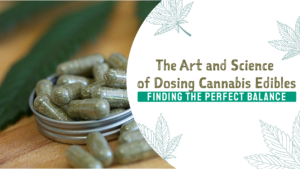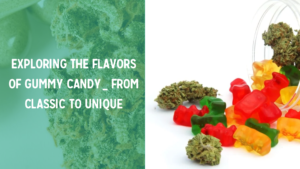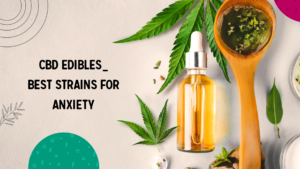
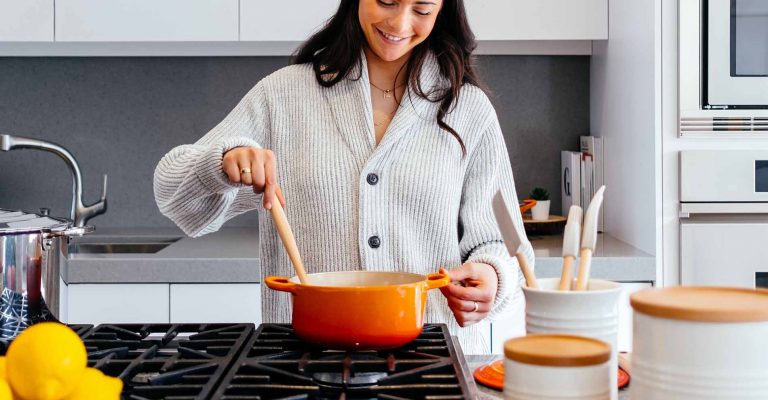
Edibles are a tasty and easy way to incorporate cannabis and its compounds into your routine. From candy to cookies, there’s a delicious array of edible cannabis options on the market today. If you’re thinking about trying edibles, it’s important to make sure you consume a dosage that fits your needs. Our guide will help you get your dosage on point, so you’ll know exactly how much edible you should take.
Edibles
Edibles refer to any type of food product that contains cannabis or a cannabis extract. Edibles have soared in popularity recently, they’re fun, tasty, and easy to consume, so it’s no wonder many people are turning to them as their cannabis product of choice.
You’re spoilt for choice when it comes to edibles. There’s a wide array of products available, including:
- Cookies
- Candy
- Gummies
- Chocolate
- Butter
- Chewing gum
- Drinks
In terms of their cannabis content, edibles typically fall into one of three categories: THC, CBD, and a mix of THC and CBD.
THC, or tetrahydrocannabinol, is a major cannabinoid compound found in cannabis. THC has a bit of an infamous reputation, being the chemical responsible for the high in cannabis. Because of this, it’s incredibly important to get your dosage right if your edibles contain THC – you don’t want to overdo it.
Research tells us that THC may be able to improve:
CBD, or cannabidiol, is the other main cannabinoid. This compound can be found in hemp and plant material and has garnered quite a name for itself recently thanks to its potential therapeutic effects. CBD can’t get you high, so if you’re taking a CBD-only edible, then you won’t experience any psychotropic effects.
Research tells us that CBD may be able to improve:
- Inflammation (7)
- Anxiety/depression (8)
- Pain (9)
- Skin issues (10)
- Sleep scores (11)
- Neuroprotection (12)
- Seizures (13)
Edibles are easy to consume – simply eat them as you would any other food product. General ease of use is one of the main reasons behind edibles becoming such a popular way of consuming cannabis.
Dosing in research
When it comes to figuring out how much of an edible to take, looking at cannabinoid dosing in clinical studies is a good way to get an idea of responsible dosing practices.
Some studies have shown doses of CBD as high as 1,500 mg per day can be taken safely and effectively (14). CBD has also been found to be useful at the other end of the scale, with doses as low as 40 mg demonstrating impressive effects (15). Research into Epidiolex, an FDA-approved CBD seizure medication, found that a dosage of 5 mg per kg per day resulted in minimal side effects (16).
For oral THC, dosing in scientific studies can range from as low as 0.36 mg up to 90 mg, but, generally, a standard single dose of THC is considered to be 5 mg (17,18). Looking at THC, medicine dosages can also help us with where to start with THC edible dosing. Dronabinol, for example, is an FDA-approved medication and comes in 2.5 mg, 5mg, and 10 mg dosages (19).
How to figure out how much you should take
The amount of edible you should take will depend on a number of factors, but you should especially focus on the concentration of the product and your specific needs. Not all edibles contain the same amount of cannabinoids, so it’s important that you read the ingredients and dosing instructions on your edible’s packaging to understand exactly what’s in it and at what concentration.
Once you know what your edible contains, you can start to figure out exactly how much of that edible you need. There are a few factors that affect cannabis dosing that need to be kept in mind when calculating dosage.
Symptom severity
The severity of any symptoms that you’re looking to target with edibles will affect how much you need. If you’re only experiencing moderate symptoms, then it’s probably best to start with a lighter dosage. However, if you are experiencing acute and intense symptoms, you might require a larger amount of edibles to feel alleviating effects.
Personal tolerance
Tolerance plays a role in most medicines, and cannabinoids are no exception. If you’re new to edibles and cannabinoids, then it’s probably best to play it safe and start with a lower dose to gauge where your tolerance sits. If you’re a more experienced cannabis user who knows that your tolerance sits a bit higher, then a stronger dose of edibles might be the best fit for you.
Body size
The general rule of thumb for all medicines is the smaller the person, the smaller the dosage that person requires. It all comes down to the size of the area a medicine has to target. If you’re a petite person, then it’s safer to start with a lower dose and work your way up until your edible intake meets your dosage needs. Larger people should consider that a lower dose might not be as effective for them. If an edible doesn’t seem like it’s working, a dosage that’s too small for your body size may be the culprit.
What happens if you take too much?
The good news is that edibles are largely considered safe to consume, with CBD and THC demonstrating high safety profiles.
Research indicates that it is impossible to overdose on either CBD or THC. CBD receptors have not been found in the area of the brain that controls respiration (and which may be impeded during overdoses on other drugs), meaning that CBD has no ability to impact respiration or induce an overdose (20). As for THC, there have been no reported deaths solely from cannabis use.
But just because you can’t overdose on edibles doesn’t mean that there won’t be some repercussions. Too much THC can lead to hallucinations, paranoia, or vomiting (21).
Don’t forget, edibles can take a while to kick in!
It’s also important to remember it can take about three hours for edibles’ effects to be felt. It’s very common for someone to take an edible and then, when they don’t experience any effects, take another. Don’t fall for this trap! Remember that edibles can take a while to kick in. If you’re not feeling the effects, then wait until the next time you try edibles to up your dosage.
Potential side effects of edibles
Even if you get your edible dosage right, there are some (usually mild) side effects that you might experience (22, 23).
CBD
- Nausea
- Dizziness
- Diarrhea
- Reduced appetite
THC
- Red eyes
- Dizziness
- Reduced reaction time
- Dry mouth
- Increased heart rate
- Anxiety
- Headache
If you experience any of these symptoms, it’s best to stop taking any more edibles and wait for the symptoms to pass. However, if you have a more serious reaction then you may want to reach out to a health professional or call 911.
In summary
Edible dosing will vary depending on a person’s body type, tolerance, needs, and preferences. It’s important to make sure you know what’s in your edibles before settling on a dosage. A good rule of thumb for deciding how much edible to take is to start low and build up your dosage over time.
Recent reviews
-
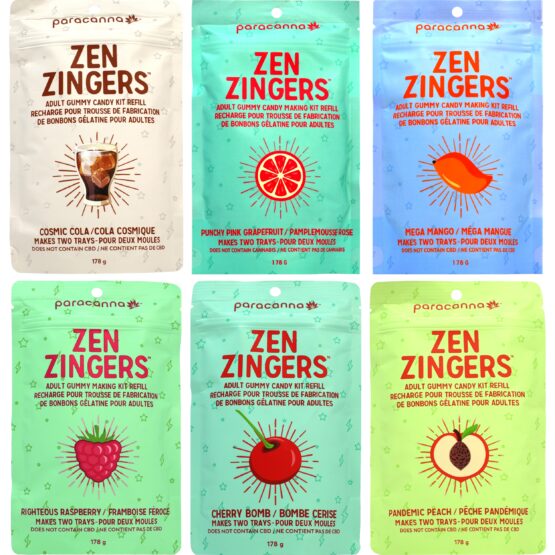 Refill Mixed 6 Pack
Rated 5 out of 5by facepersonface
Refill Mixed 6 Pack
Rated 5 out of 5by facepersonface -
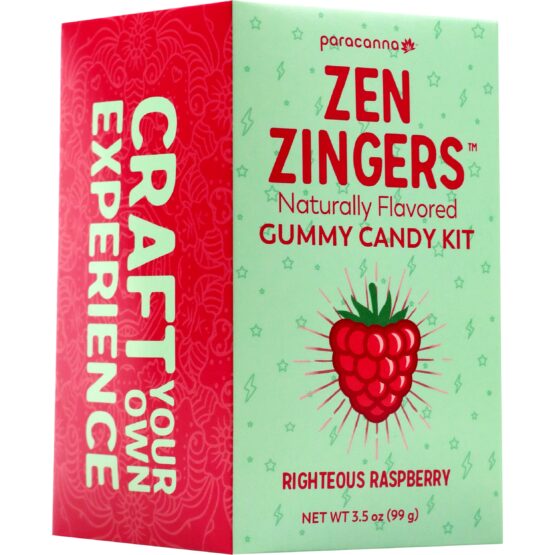 Righteous Raspberry Gummy Making Kit
by Ralph Linnmann
Righteous Raspberry Gummy Making Kit
by Ralph Linnmann
Recent Articles
Featured Products
-
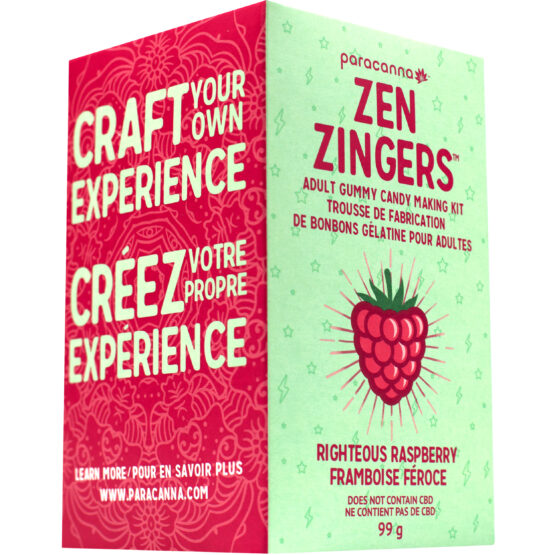
Righteous Raspberry Gummy Making Kit
Rated 5.00 out of 5$24.99 Add to cart -
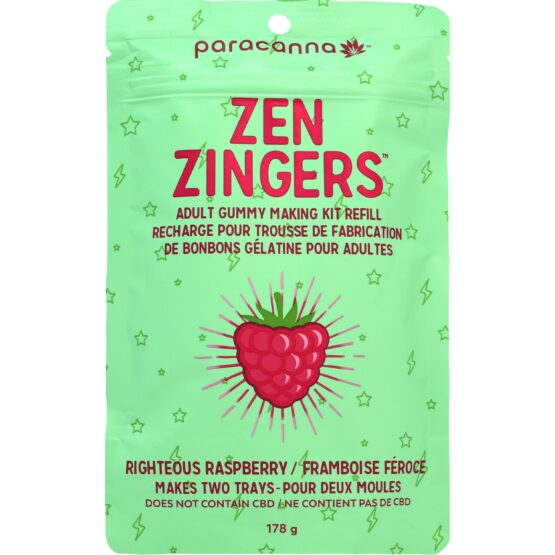
Righteous Raspberry Gummy Mix Refill
Rated 4.85 out of 5$18.99 – $68.37 Select options This product has multiple variants. The options may be chosen on the product page

